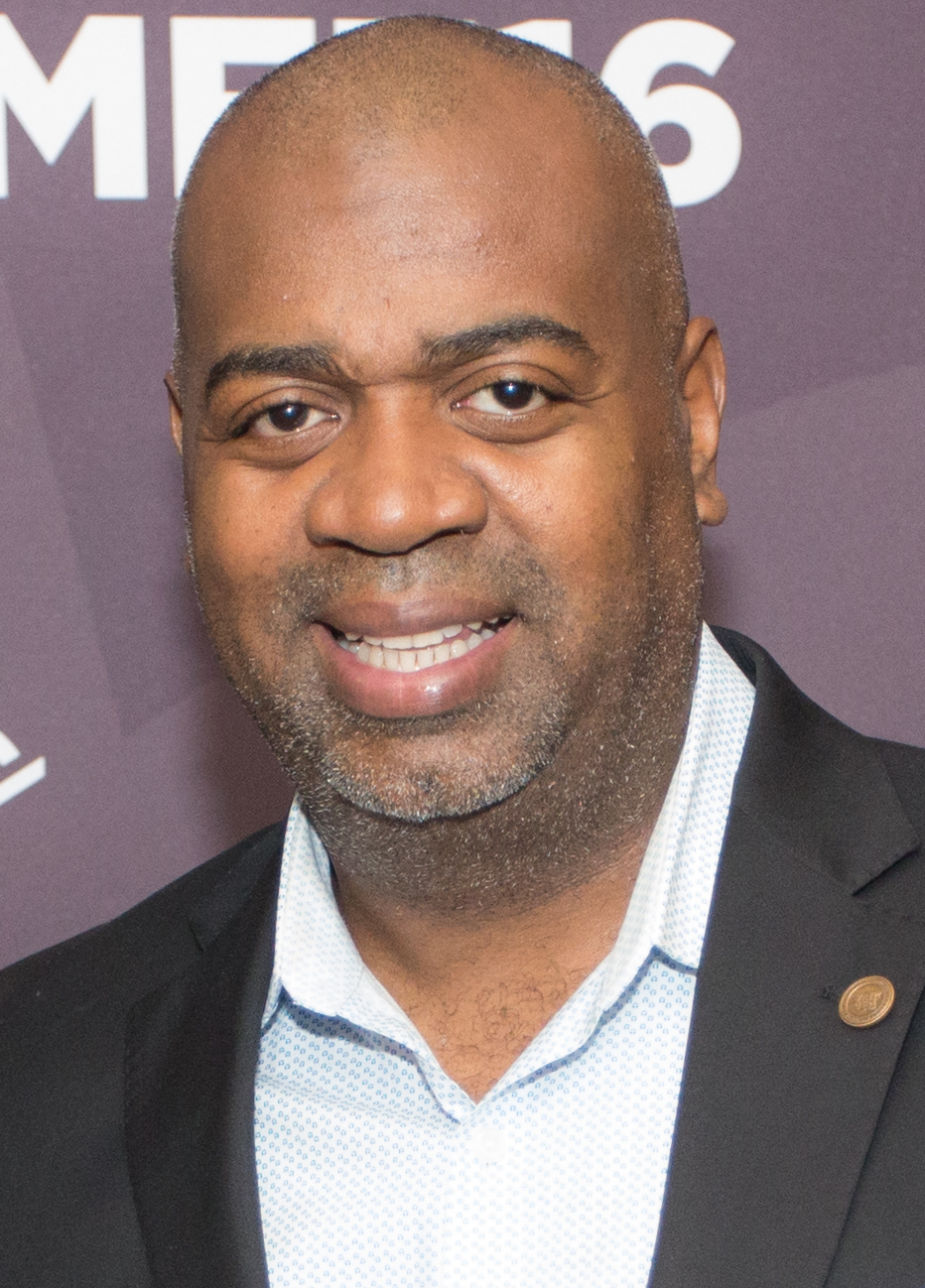Down Park will be named as Harriet Tubman Park. By Walter Elliott
NEWARK – Imagine going to what is left of the Christopher Columbus monument here at Washington Park by this time next year and finding a Harriet Tubman statue in its place.
And the downtown park you’re in? It is now Harriet Tubman Park, no longer Washington Park.
That is what Mayor Ras Baraka has proposed towards the end of his virtual “State of the City Address” here at NJPAC Oct. 7. His proposal came about 85 percent into his 17-page address as given to observing media that Wednesday night.
What the mayor has announced, pending an approval process involving at least the Municipal Council, would complete the dismantling of the 93-year-old “Christopher Columbus: Immortal Genoese” monument that was formally begun on June 25.
Some may remember the video recording made of that Thursday night, where Newark DPW workers, under Baraka’s orders, removed the Giuseppe Ciocchita-sculpted statue. Around 50 witnesses, some playing djembe drums and/or cheering, saw that and one of the pedestal’s four bronze bas reliefs as presumable a precaution.
Baraka, at that time, said the statue’s removal was to prevent anyone from attempting to vandalize and/or topple it. Columbus was second to statuary of Confederate statesman and generals in being felled or destroyed by vandals on the fringes of this summer’s “Black Lives Matter” demonstrations.
The 1927 Columbus statue was given to the city by a coalition of Italian-American associations and built with $27,000 in donations here and from Italy. It was dedicated Oct. 12 before an audience of around 35,000 people.
That monument is among nine sited in the city park that dates back to Newark’s 1666 founding.
The North Common or Upper Green plus Military Park were first drawn by Robert Treat and the Milford, Conn. derived Caucasian settlers after buying the land from the local Lennai Lenape. It was dedicated for sheep grazing and as a farmers market place.
The Newark government renamed the place as Washington Park, prior to the end of George Washington’s Presidency, in 1795.
It is in the pre-Civil War decades where Tubman clandestinely enters national and Newark history.
Tubman was a “conductor” on the Underground Railroad, smuggling escaping slaves from the South to, first, north of the Mason-Dixon Line and, in the 1850s, into Canada for freedom. (There was a smaller-scaled railroad helping slaves escape into Mexico in that decade.)
Tubman, said local historians James Ameneson and Jimmy Richardson in 2019, had gone through Newark at least once. She had stayed in the nearby First Presbyterian (or “Old Pres”) Church. Church members and abolitionists also gave her food and supplies there.
It was Tubman’s connections to Newark that Baraka cited in wanting the park changes Wednesday night.
This’ not just window dressing,” said the mayor. “Newark played an important and integral role in the Underground Railroad and Harriet Tubman’s journeys to freedom led her to our city many times in that very area.”
Baraka also noted that New Jersey was the last Northern state to abolish slavery although it had joined the Union side in the 1861-65 Civil War. That legacy is one indication of what the late Rutgers history professor Dr. Clement A. Price had called New Jersey’s “complicated” relationship with abolition.
The leader of one Italian-American service organization, on Oct. 8, questioned the need to extol Tubman at Columbus’ expense.
“I thought the mayor took down the Columbus statue to protect it from vandalism?” asked UNICO Executive Director Salvatore Benvenuti. “The Italian-American community agrees with honoring Harriet Tubman – but the mayor doesn’t have to do that at the disrespect of the Italian community. By doing so, he creates more divisiveness and promoting racism.”
There is no word about the Columbus Square marker set by a group Oct. 12, 1960, at the park’s apex.


